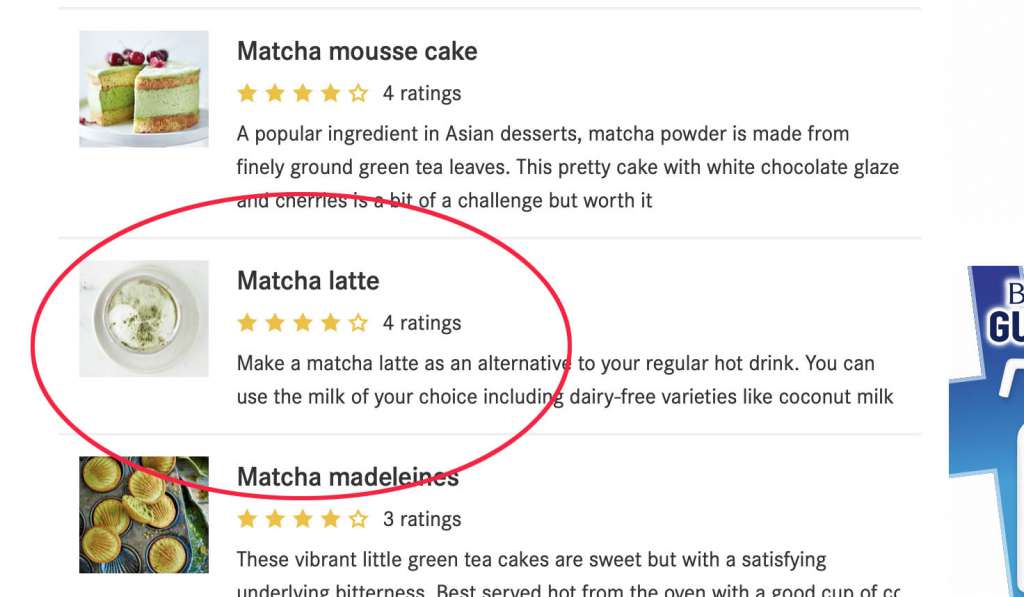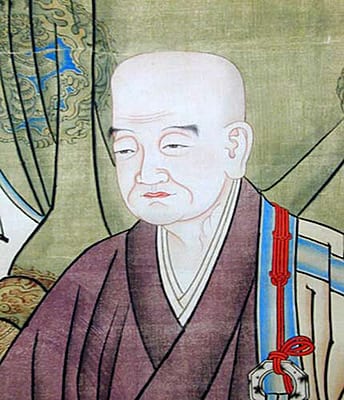ENJOYED A NICE trendy cup of foam-topped matcha-flavored lactose-free caffeine recently? Well, guess who invented that drink? Starbucks? Maybe a Japanese branch of Starbucks?
No. The Chinese did, a thousand years ago. It has become almost a cliché for historians to search for things that we think are modern, and then locate ancient Chinese versions. But China has been among the largest and most inventive societies for so long that it is inevitable that they tried out a vast number of experiments, some successful, before smaller, younger nations caught up.
THE HISTORY
Matcha: Ask anyone and they’ll say it is a bright green powdered substance derived from green tea that spread from Japan recently to become a fashionable flavoring for anything from sweet cheesecake to savory pancakes.
But it actually originated in China. It spread to Japan in 1191, and to the rest of the world in over the past decade or so. (Details below.)

So maybe matcha really is Chinese – but was it really used for foamy tea? That’s such a modern idea, surely? Near the top of matcha options on the list of recipes on the BBC Good Food website (above), we find a dairy-free matcha latte – a green-colored tea drink with a soft, foamy top. Could it really have been made that way a thousand years ago? Here’s the story.
A NEW NATIONAL DRINK
Chinese tea culture seems to be a timeless cliché. However, it evolved into a completely new form in the Song Dynasty, which ran in China from 960 to 1279. The new style of tea drink, known as whisked tea (点茶), was a foam-topped drink which became the national beverage of the period known as the Northern Song (960 to 1127).

They had no frothing machines or milk steamers, of course. You took a special whisk, which looked like a firm-bristled shaving brush, and rapidly vibrated it in the tea until it formed bubbles. Different movements were used to turn the top into micro-foam. Sometimes it was a thin layer of foam, and other times it was thick enough to form peaks.

Tea-whisking became ubiquitous nationwide, even for monks in secluded temples. People everywhere, no matter if they were nobles or commoners, were proud of taking part in a tea-whisking party and happy to share the experience with others.

It’s no different to modern people posting new photos on Instagram after visiting a popular cafe. And of course there was much to be proud of: a cup of fragrant whisked tea required tea powder of superior quality and sophisticated whisking skills.
NOT EASY TO DO
The procedures were elaborate. During the Song Dynasty, tea was pressed into small, solid cakes (below) instead of being packed in bulk in tea-leaf form.

You would smash the cake into small pieces and grind them into powder with special stone tools. After putting the powder and boiled water into an exquisite tea bowl (a great drink requires a great container), it would be time for whisking.
Holding a bamboo tea whisk in your right hand and the bowl in you left, you would use flexible wrist movements. The skilled tea-maker worked continuously and rhythmically, until a dense white foam appeared on the surface of tea. The whisk was then lifted from the liquid, leaving a “white snow mountain” (below). The longer the peak lasts, the more professional the tea-maker was.

Once the peak retreated and the liquid surface became flat, customers would dip a thin wooden stick into a deep green gel made of tea powder and little water. They would use this “ink” to write several Chinese characters onto the surface of the drink (below).

Looking upon down the tea bowl, it looked like beautiful calligraphy on white paper—and is strongly reminiscent of the latte art popular in modern times.
A WISE VISITOR ENTERS
How did the drink move to Japan? A monk named Eisai, born in what is now Okayama, travelled in 1168 to the Mount Tiantai in Zhejiang Province, China, to learn more about Zen Buddhism. He stayed six months. Enchanted by what he had learned, he made a longer trip in 1187.

This time he gained certification as a Zen teacher, and returned to his homeland in 1191 with two transformative gifts: a bag of Zen scriptures and a handful of green tea seeds, which he planted in his garden.
One day, shōgun Sanetomo woke up feeling terrible, having over-indulged in wine the previous evening. He was given a cup of tea and soon felt better. Eisai wrote a book about the health benefits of drinking tea – and the drink soon spread to be a favorite throughout the country. The rest, as they say, was history.
These days, caffeine drinks with foamy tops are popular world-wide. But few drinkers will know their origins. One thing you and I know now, reader: It wasn’t Starbucks.
Image at the top is public domain.

